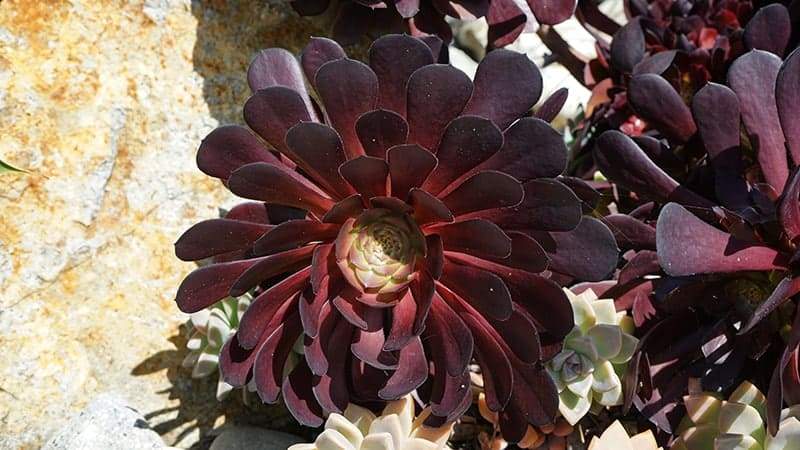Trees and Plants with White Flowers for Sale
Do You Know Your Growing Zone? i Growing zones help determine if a particular plant is likely to grow well in a location. It identifies the average annual minimum winter temperatures across the U.S. provided as a map by the USDA.
58 Results
-
Growing Zone(s): 4-9$14.95
-
Growing Zone(s): 8-11$19.95
-
Growing Zone(s): 7-9$49.95
-
Growing Zone(s): 5-9$39.95
$49.95Save up to 20% -
Growing Zone(s): 4-7$129.95
$159.95Save up to 18% -
Growing Zone(s): 3-7$169.95
$219.95Save up to 22% -
Growing Zone(s): 5-9$139.95
-
Growing Zone(s): 6-8$29.95
-
Growing Zone(s): 5-9$114.95
$219.95Save up to 47% -
Growing Zone(s): 8-11$109.95
Trees and Plants with White Flowers – Buying & Growing Guide
The presence of trees with white flowers gives a charming quality to any garden. At times, these blooms are just off-white or cream-colored. In other cases, the petals will appear as a pure white shade. Learn a bit about these impressive trees, and soon you will have elegant white flowers adorning your yard.
Types of Trees With White Flowers
| Type | Growing Zones | Mature Height | Harvest Season | Sun | Features |
| White Dogwood, Cornus florida | 5-8 | 15-25 feet | August | Part Shade: 3-5 hours | Bright white flower fill canopy in spring, red fall color |
| Sweet Cherry Tea Ninebark, Physocarpus opulifolius | 3-7 | 3-4 feet | None | Full Sun: 6-8 hours | Dark purple leaves with small white flower clusters |
| Bradford Pear Tree, Pyrus calleryana ‘Bradford’ | 5-9 | 20-40 feet | None | Full Sun: 6-8 hours | Rounded oval form with white flowers in spring |
| Japanese Snowbell Tree, Styrax japonicus | 5-8 | 20-30 feet | None | Full Sun to Part Shade: 4-8 hours | Slender branches hold dangling groups of white flowers |
| Autumn Brilliance Serviceberry Tree, Amelanchier × grandiflora ‘Autumn Brilliance’ | 4-9 | 15-25 feet | July | Full Sun to Part Shade: 4-8 hours | Excellent red fall color, white flowers, graceful growth habit |
| Spring Snow Flowering Crabapple Tree, Malus ‘Spring Snow’ | 3-7 | 20-25 feet | None | Full Sun: 6-8 hours | A medium-sized tree with white blooms and textured bark |
| Vanilla Twist Redbud Tree, Cercis canadensis ‘Vanilla Twist’ PP22744 | 5-9 | 10-12 feet | None | Full Sun to Part Shade: 4-8 hours | Small white flowers with a yellow tint, arcing branching habit |
| Sweetbay Magnolia Tree, Magnolia virginiana | 5-10 | 30-50 feet | None | Full Sun: 6-8 hours | Fantastic specimen tree with large white flower petals |
| Natchez Crape Myrtle Tree, Lagerstroemia x ‘Natchez’ | 7-10 | 20-30 feet | None | Full Sun: 6-8 hours | Large round form with long-lasting white flowers |
| Weeping Yoshino Cherry Tree, Prunus x yedoensis pendula | 5-8 | 15-20 feet | None | Full Sun to Part Shade: 4-8 hours | Many white flowers along long drooping branches |
How to Plant and Care for White Flowering Trees
Anyone hoping to grow a healthy white flowering tree in their yard will need to understand basic planting practices. A few special treatments will encourage more flowering. Generally, the hole you dig for your tree should be double the width of the root ball and should be as deep as the root ball is tall. It is equally important you select a location that can provide the climatic conditions that your plant prefers. The correct levels of sunlight and soil moisture are essential prerequisites for any new plant.
After planting your tree, remove any parts of the plant that are dead or broken. This will allow the tree to allocate its growing energy to its healthiest branches. Provide plenty of water in the first few weeks. Then, once your tree has become established, you can reduce the water you supply.
When it comes to promoting impressive blooms, pruning is a vital factor. The way you prune and when you choose to prune determines how well your flowering tree will perform. For most flowering plants, it is beneficial to remove flowers after they fade. This causes the plant to create more flowers in the future. On the other hand, you should be careful not to remove the buds of future flowers while you prune.
Finding the right fertilizer for your tree is a helpful step. A good fertilizer acts as a healthy food source for your tree, leading to healthier growth throughout the canopy. Fertilization leads to better blooms.













